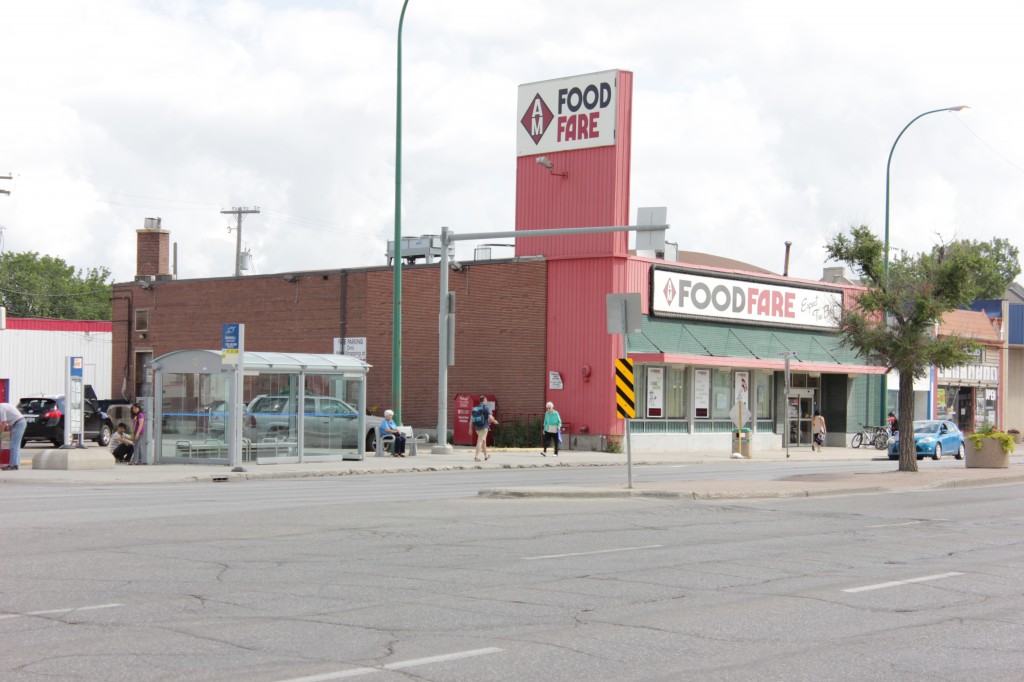Part 1 – Transfers and Walking Distance
Winnipeg’s infrastructure deficit is extreme. It is currently sitting at $7 billion which works out to more than $10,000 for every single Winnipegger or nearly $30,000 per Winnipeg household. This is a consequence of urban sprawl
To slow sprawl and its mounting costs we need to make public transit a viable alternative to the car.
Diverse Transportation Needs
A major advantage that cars have is convenience. Cars can go anywhere.
Busses can actually go a lot of places too. The problem is that most busses don’t run often enough, making it difficult to get to most of the places riders need to get to.
In order to compete with personal automobiles, busses have to meet the diverse transportation needs that people have.
Currently, the system is really good at moving people to their workplace during rush hour. However that is the only thing the system is good at.
The thought of running errands by bus is almost inconceivable in Winnipeg. When busses come infrequently, scheduling for running errands is extremely difficult. Errands often involve spontaneous time delays. A slow checkout at the grocery store or a longer-than-expected appointment can be really stressful if you’re planning to catch a bus that only comes every 15 to 20 minutes. Transferring makes it even worse.
It’s also extremely difficult to go from one residential neighbourhood to another because it involves transferring from one feeder route to another. Coordinating two routes that come every half hour is a huge disincentive to using public transit.
Frequent busses could make running errands and visiting friends by bus something many people would be willing to do. It could also make short in-and-out trips to the drug store possible and it could make unexpected delays a negligible inconvenience. Transfers would be shorter for trips between residential neighbourhoods. Hundreds of new busses will make every route more effective, especially feeder routes. With frequent busses, public transit can meet the diverse transportation needs people actually have.
The Southwest Corridor will only meet one need: the work/school commute. By making stops further apart and by locating the corridor off of Pembina Highway, the Southwest Corridor actually reduces the ability of riders to do anything other than go to school or go to work. Pembina Highway has grocery stores, banks, restaurants and drug stores — transit riders using the 160 and 162 will no longer be able to reach those businesses.
Winnipeg has 6750 lane kilometers of roadway. The nine kilometer BRT corridor is a very expensive drop in the bucket and it accesses so much less of the city than those existing roads. Adding hundreds of new buses to routes around the whole city would serve everyone in Winnipeg. Because busses would come far more frequently, missing a bus would be less of a hassle and transferring busses could be done so much quicker and with less planning.
If the transit system doesn’t meet the diverse transportation needs that people have, it will be ineffective at convincing those people to switch from their car to the bus. Frequent buses will meet those needs, the Southwest Corridor will not.
Part 1 – Transfers and Walking Distance.
